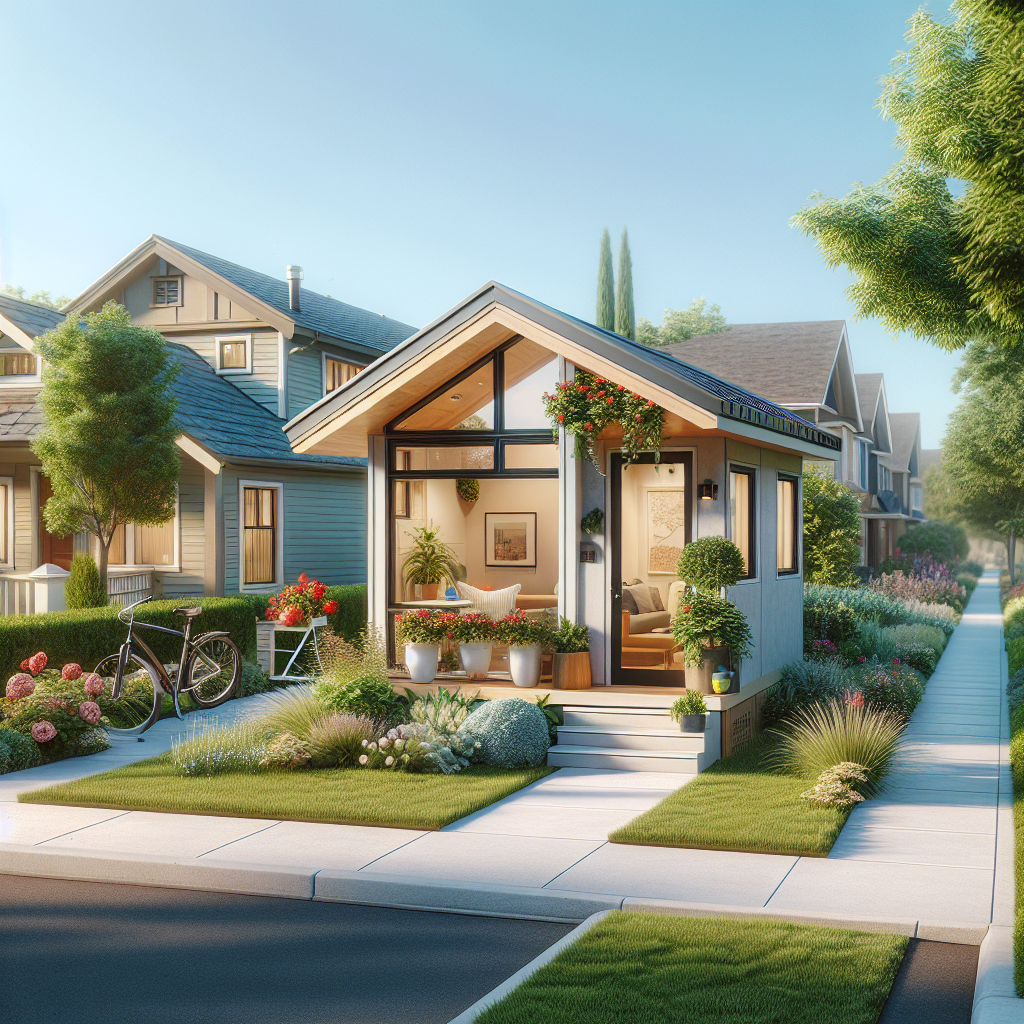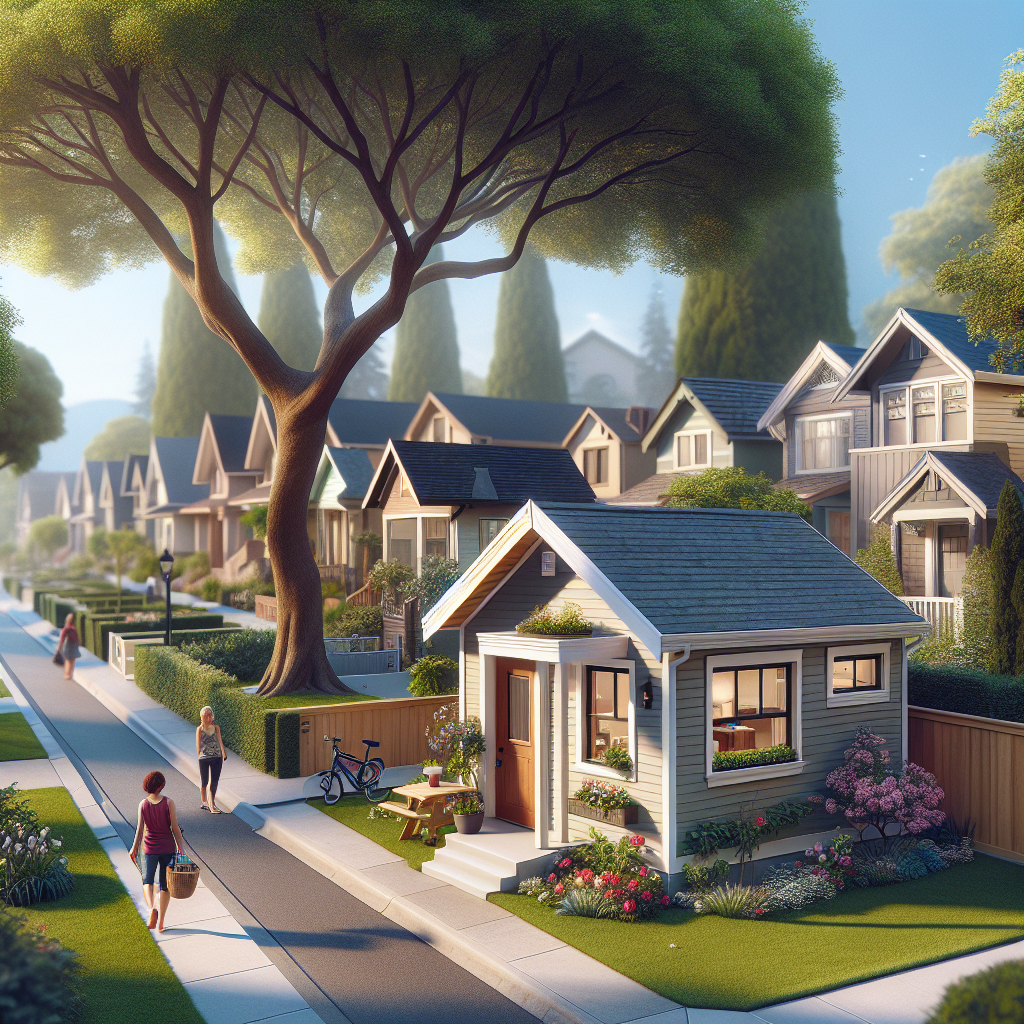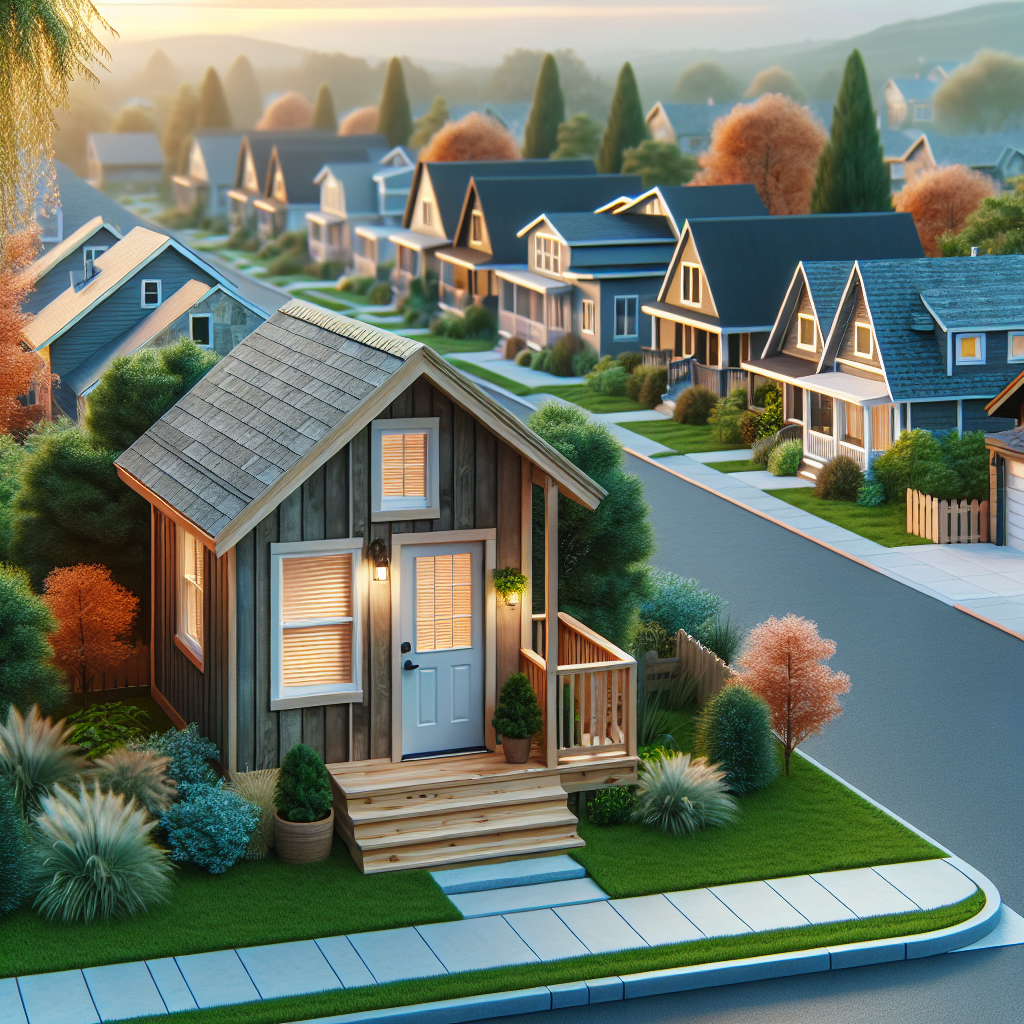Designing an accessory dwelling unit (ADU) is a complex task. It requires a deep understanding of local regulations, design principles, and construction processes.
In this guide, we will explore how to design the perfect ADU. We will focus on two specific locations: Arlington, VA, and Sacramento. These areas have unique regulations and market conditions that influence ADU design.
We will delve into the intricacies of zoning laws and building codes. We will also discuss the permit process, which can be daunting for first-time ADU developers.
Design considerations will be a major focus. We will provide tips on maximizing space, ensuring privacy, and creating an aesthetically pleasing unit.
Whether you are a homeowner, real estate investor, architect, or builder, this guide will provide valuable insights. Let's embark on this journey to design the perfect ADU.
Understanding ADUs: Definitions and Benefits
An accessory dwelling unit (ADU) is a secondary housing unit on a single-family residential lot. It can be attached to the primary house, detached, or located within the existing structure.
ADUs offer numerous benefits. They can provide additional income through rental, offer housing for aging family members, or serve as a home office. Moreover, they contribute to the local housing supply, helping to alleviate housing shortages in densely populated areas.
Navigating Zoning Laws and Building Codes
Understanding local zoning laws and building codes is crucial when designing an ADU. These regulations dictate the size, location, and design of the unit. They also cover safety standards, such as fire and earthquake resistance.
In addition to zoning laws, homeowners must also comply with building codes. These codes ensure the structural integrity of the ADU, its safety, and its accessibility.
- Maximum size of the ADU
- Setback requirements
- Height restrictions
- Parking requirements
- Accessibility standards
- Fire safety regulations
Arlington, VA and Sacramento Specifics
In Arlington, VA, ADUs are subject to specific regulations. For instance, detached ADUs cannot exceed 750 square feet or 35% of the lot area. Also, the homeowner must reside on the property.
Sacramento, on the other hand, has more lenient rules. The city allows ADUs of up to 1,200 square feet, regardless of the lot size. Moreover, owner occupancy is not required.
The Permit Process: A Step-by-Step Guide
Obtaining permits for an ADU can be a complex process. It involves submitting detailed plans to the local building department for review. The plans must demonstrate compliance with zoning laws and building codes.
Once the plans are approved, construction can begin. However, inspections will be conducted at various stages of construction to ensure compliance.
Here are the general steps involved in the permit process:
Prepare detailed plans of the ADU.
Submit the plans to the local building department.
Address any issues raised during the plan review.
Begin construction once the plans are approved.
Schedule and pass all required inspections.
- Obtain a certificate of occupancy.
Designing for Efficiency and Aesthetics
Designing an ADU requires a balance between functionality and aesthetics. The limited space must be used efficiently without compromising the overall appeal of the unit.
Space Maximization Strategies
Incorporating multi-functional furniture and built-in storage can help maximize space. For instance, a bed that folds into a wall can double as a workspace during the day.
Open floor plans can also create an illusion of more space. They allow for better movement and light distribution within the unit.
Privacy Considerations
Privacy is a crucial aspect of ADU design. The unit should be positioned in a way that it doesn't overlook the main house's private areas.
Soundproofing techniques can also be employed. This ensures a peaceful living environment for both the ADU occupants and the main house residents.
The Role of Professionals in ADU Design
The design and construction of an ADU is a complex process. It requires the expertise of professionals to ensure the project's success.
Architects, designers, contractors, and tradespeople all play crucial roles. They help navigate the intricate aspects of ADU development.
Architects and Designers
Architects and designers are instrumental in creating the perfect ADU. They translate your vision into a feasible design.
They also ensure that the design complies with local building codes. This is crucial for obtaining necessary permits.
Contractors and Tradespeople
Contractors and tradespeople bring the design to life. They handle the actual construction of the ADU.
They also manage the installation of utilities and finishes. Their expertise ensures the ADU is built to last and functions as intended.
Cost Estimates and Financial Planning
Designing and building an ADU involves significant financial planning. The cost can vary widely based on factors such as size, location, and design complexity.
It's crucial to prepare a detailed budget. This should include design fees, construction costs, permit fees, and potential contingency expenses.
Financing Options for ADU Projects
There are several financing options available for ADU projects. These include home equity loans, personal loans, and construction loans.
It's important to explore all options and choose the one that best fits your financial situation. Consulting with a financial advisor can be beneficial in this process.
Common Pitfalls and How to Avoid Them
Designing an ADU can be a complex process, and it's easy to fall into certain pitfalls. One common mistake is underestimating the cost and time required for the project.
To avoid this, it's crucial to do thorough research and planning. This includes understanding local regulations, getting accurate cost estimates, and setting a realistic timeline.
Another common pitfall is neglecting to consider the impact of the ADU on the existing property. It's important to ensure that the ADU complements the main house and fits well within the property's landscape.
The Value of a Well-Designed ADU
A well-designed ADU can significantly enhance the value of your property. It can provide a source of rental income, offer a comfortable living space for family members, or serve as a home office or creative studio.
In conclusion, designing the perfect ADU requires careful planning, understanding of local regulations, and thoughtful design considerations. With the right approach, an ADU can be a valuable addition to your property and a worthwhile investment.













.jpg)




0 Comments